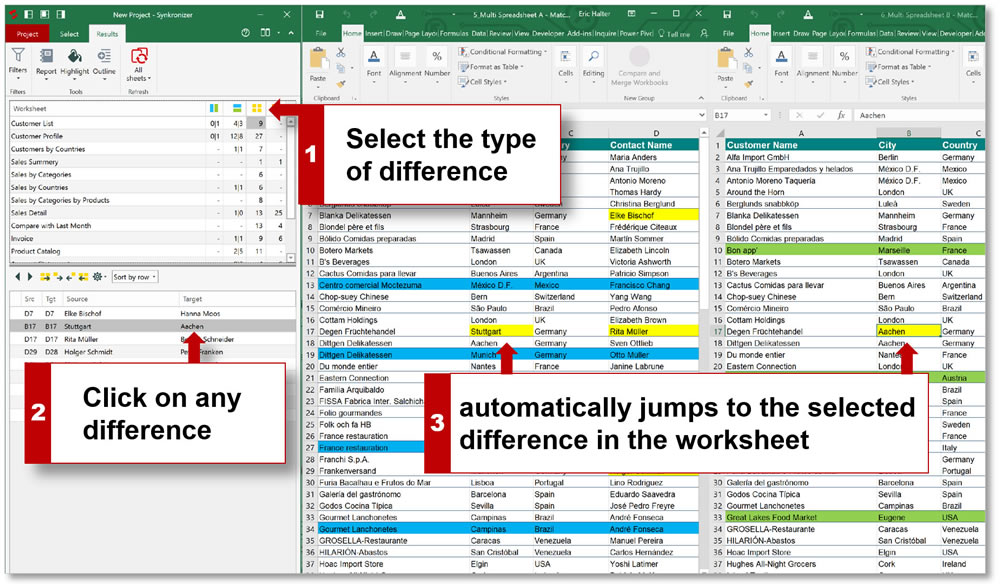DHS Paperwork Forwarding: What You Need to Know

Dealing with the Department of Homeland Security (DHS) paperwork can be daunting, especially when forwarding documents is part of the process. Whether you're updating your details, applying for immigration status, or handling any other DHS-related task, understanding how to manage and forward paperwork correctly is crucial. This article will guide you through what you need to know about DHS paperwork forwarding, including the steps to take, common pitfalls to avoid, and tips for a smoother process.
The Importance of Accurate Paperwork Forwarding

Forwarding paperwork to the DHS accurately is not just about administrative compliance; it’s about ensuring your applications or updates are processed without unnecessary delays. Here’s why proper forwarding is essential:
- Timely Processing: Incorrect or delayed forwarding can lead to delays in processing your case, potentially affecting your immigration status or other time-sensitive matters.
- Record Keeping: Proper forwarding helps maintain accurate records, which are critical in any future dealings with the DHS or related agencies.
- Legal Compliance: Certain obligations require you to notify the DHS of changes, like address changes, in a timely manner, as failing to do so can have legal repercussions.
Steps to Forward DHS Paperwork

Here are the steps you should follow when forwarding paperwork to the DHS:
1. Understand What Needs to Be Forwarded

Before you begin the forwarding process, ensure you know exactly what documents need to be forwarded. This could include:
- Change of Address forms (Form AR-11)
- Immigration applications or petitions
- Supporting documents for your case
Make sure to check the official guidelines or your application’s instructions to see if there are specific requirements for forwarding.
2. Secure Your Documentation

Ensure all documents are:
- Accurately completed, signed, and dated where necessary.
- Photocopied or scanned, with backups kept in a secure location.
- Presented in a clear, readable format. Avoid smudges, stains, or any illegibility.
If you are mailing physical documents:
- Use a trackable mailing service to ensure your paperwork reaches its destination.
- Consider certified mail, which provides proof of delivery.
3. Choose the Right Method for Forwarding

Depending on your situation, you might:
- Mail documents via USPS or other courier services.
- Upload documents through the USCIS’s e-filing systems.
- Deliver documents in person at a DHS or USCIS office if possible.
Key Points to Remember:
- Always follow the method specified in your case instructions or on the DHS website.
- Understand the mailing address for your specific application type.
4. Monitor and Confirm Delivery

Once you’ve forwarded your documents:
- Keep the tracking number if you’ve sent it via mail.
- Check your USCIS account regularly if you’ve uploaded documents online.
- Respond promptly if you receive confirmation or requests for further action.
⚠️ Note: If you are forwarding documents for an ongoing case, always check the most up-to-date procedures, as policies can change.
Common Pitfalls to Avoid

When dealing with DHS paperwork forwarding, here are some common mistakes to avoid:
- Incorrect Address: Sending documents to the wrong address or a discontinued address can lead to significant delays or loss of documents.
- Mailing Issues: Ensure your package is properly sealed, and the mailing address is clearly written.
- Untimely Filing: Failing to forward documents on time can impact your application status or eligibility.
Tips for a Smoother Process

- Organize Your Documents: Keep a well-organized file system for all your DHS interactions.
- Understand the Process: Familiarize yourself with the specific guidelines for your case or application.
- Seek Assistance: Don’t hesitate to seek help from immigration attorneys or consultants if you’re unsure about any part of the process.
📌 Note: Always retain originals of critical documents like birth certificates, passports, etc., for your records.
In summary, forwarding DHS paperwork correctly requires a clear understanding of what needs to be forwarded, how to secure your documents, choosing the right forwarding method, and avoiding common pitfalls. By following these guidelines, you can ensure your applications or updates are processed efficiently, minimizing the risk of delays or legal complications. Remember, accurate and timely paperwork forwarding is not just about fulfilling an obligation; it’s about maintaining the progress of your case with the DHS.
What should I do if I’ve lost my tracking number after mailing documents to DHS?

+
Without a tracking number, verifying if your documents were received can be challenging. Reach out to your post office for assistance or consider contacting DHS to see if they have a record of your submission.
Can I forward DHS documents electronically?

+
Yes, some DHS and USCIS forms allow electronic submission. Check your form or the DHS website to confirm if electronic forwarding is an option for your specific case.
How long does it typically take for DHS to process forwarded paperwork?

+
The processing time varies widely based on the type of application, the workload at the time, and whether your documents were complete or required additional information. Check the latest DHS or USCIS processing times for an estimate.



